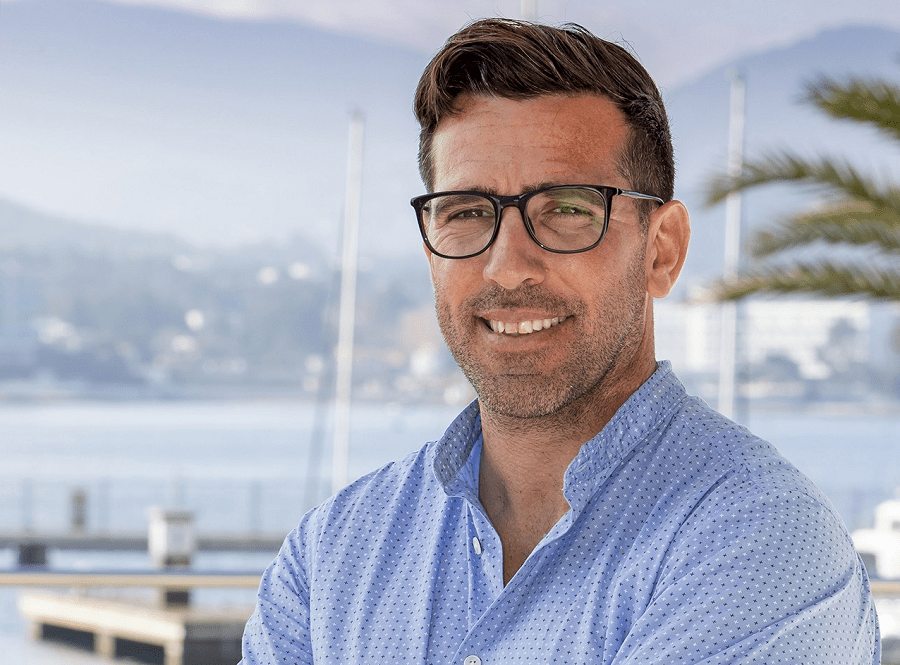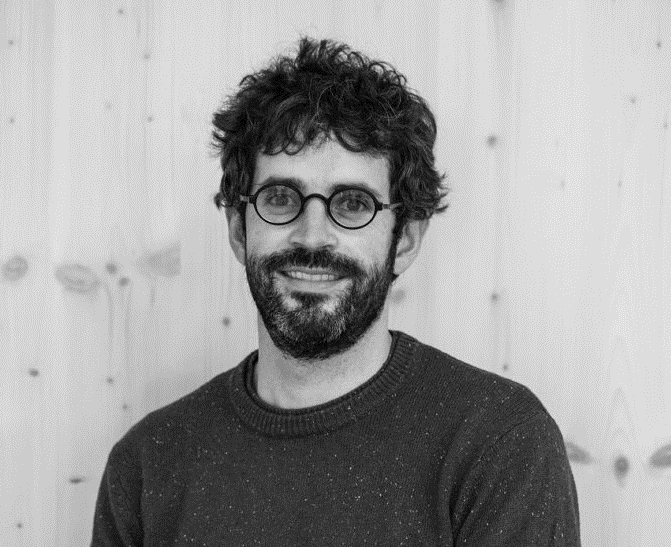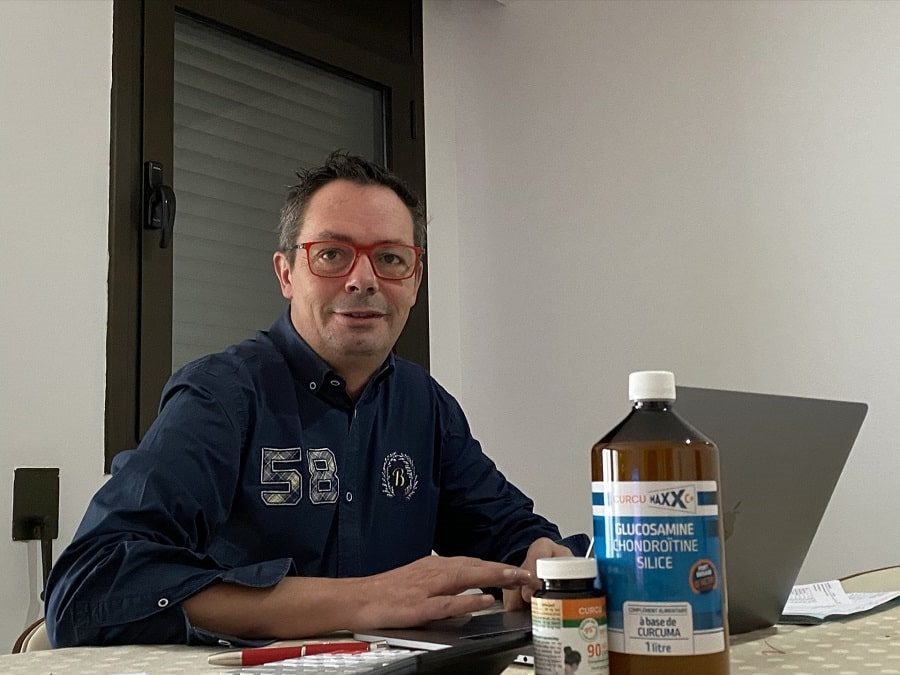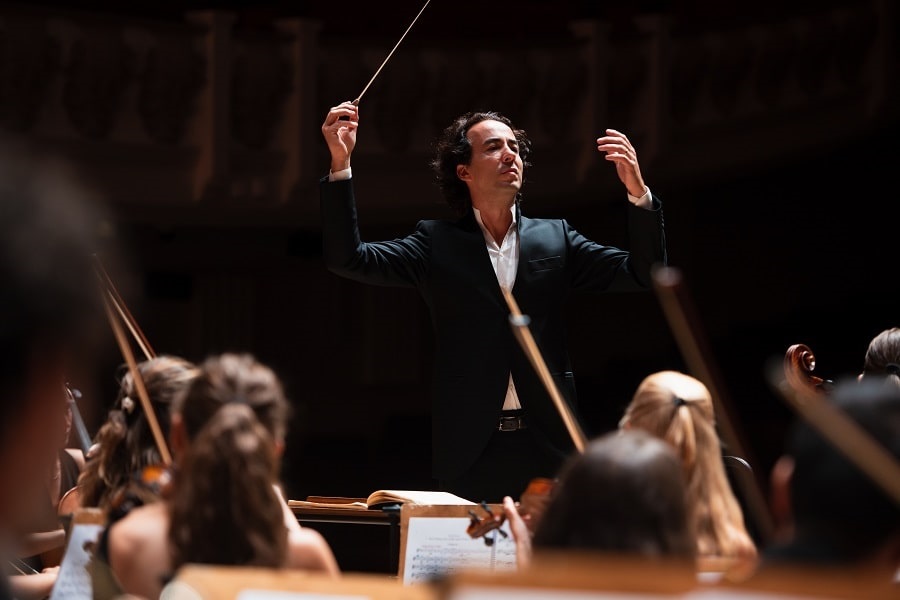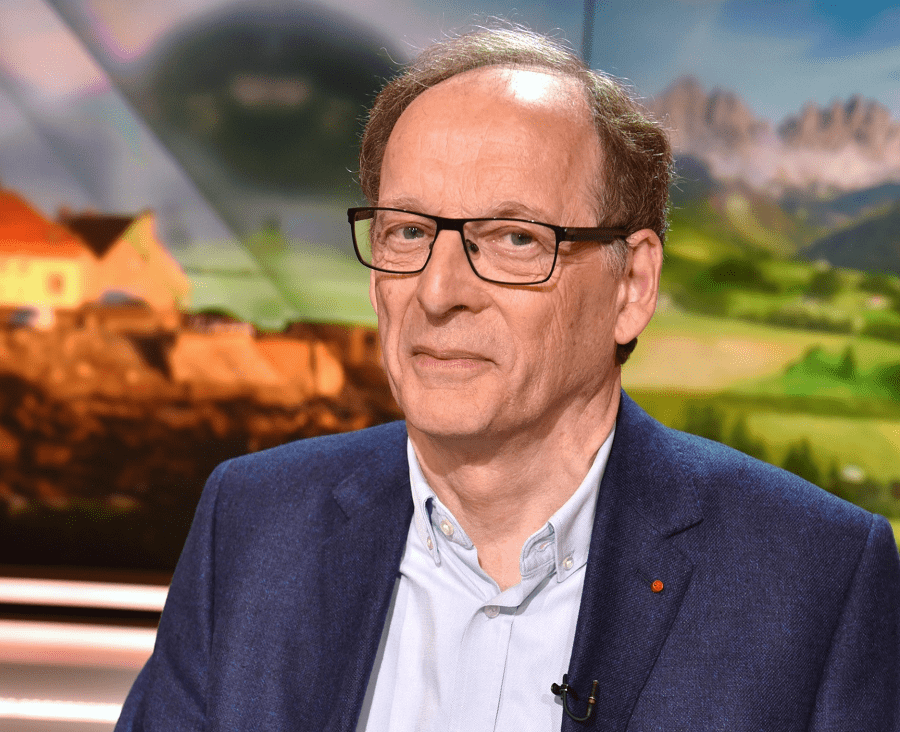Director of the STAPS department of Font-Romeu, a member of the European Health Laboratory, Grégory Doucende, told all-andorra.com about preparation of professional sports specialists. It is the highest altitude university in France.
Interview : Irina Rybalchenko
STAPS is the faculty of sport at the University of Perpignan. Why did the university choose to install its faculty in Font-Romeu?
STAPS was installed more than 20 years ago – in 1997. The specificity of the site and its altitude were the main reasons why, alongside the centre´s proximity to all the sports facilities of the National Training Center at altitude (CNEA / CREPS).
The CREPS facilities, in turn, were built for the preparation of French athletes for the Mexico Olympic Games (altitude and climatic conditions of Font-Romeu were closest to those in Mexico). It was inaugurated by General de Gaulle in 1968 and this year, we will celebrate its fiftieth anniversary.
So on the site there are three entities: STAPS, CREPS and the sports school of Pierre de Coubertin (name of the French educator and the founder of the International Olympic Committee).
How many facilities are there in total?
There are two pools – one of 50m and one of 25m, an ice rink, a weightlifting room, a hypoxic room, a wrestling room, a climbing gym, an outdoor athletics track and so on. We use the facilities in Font-Romeu as well.
How many students are there?
At the beginning, there were 80 students. Now there are 500. They study for a period of 3 years plus 2 years for the masters. But this is only the pedagogical part. There is also a European Laboratory Performance Health Altitude (LEPSA), which is concentrated on altitude training and mountain sport (ski trail, ski mountaineering etc), as well as issues of doping.
How many sports universities are there in France in total?
There are about 50 of them.
And STAPS in Font-Romeu is the highest in altitude?
Yes, it is located at an altitude of 1850 m.
Today there are 4 different faculties: Education and motor skills, Adapted physical activities and health, Sports training and Sports management. Please give me more details about each faculty.
Education and motor skills – this is to become a sports teacher in a school or college or high school. Adapted physical activities and health – it is to work with people with disabilities and to use sport as a therapeutic method to treat people. Sports training – it’s physical preparation, coaching performance – to increase the athletes’ performance. And sports management – it’s all about organizing sports events and the management and marketing side of things.
Are there plans to increase the number of faculties?
In some other French universities specialising in sport, there are five faculties- the last is the ergonomics of sport. It has a lot of strong connections with the sports industry and mountain sports brands. In France, there are very few universities with ergonomics of sport faculty – Chambéry would be one example. Unfortunately, here in Font Romeu, there are no teachers who are qualified to teach this profession.
Alongside studying, there are also internships – to give all students a possibility to apply what they learn in the practical field. It’s also important to link study with internships. Here in Font-Romeu, there are no industries in the field of sport ergonomics, so it would also be difficult to offer this option for these reasons.
What about related disciplines like psychology, dietetics etc… Are they studied?
It’s included in the sports training course: mental preparation, sports dietetics … There is psychology in all classes – it’s a motivational part of the different teams and it’s really important.
Is studying free?
No, entrance fees to the university are about 250 euros per year. However, the same education in Spain, for example, costs 10 times more! Now it’s like that but maybe soon our students will be made to pay a bit more, but we do offer some scholarships. If a student’s parents can justify that they have no income a student will get a scholarship and his inscription will be free. Here we have between 30 to 40% of student who don’t pay for their education.
Is there an age limit?
No, you can study at any time. There is continuous education. We welcome everyone. Normally, the age of people we have here ranges from 17 to 26 years old. And the conditions are always the same for people who are studying. Those who stopped their studies but wanted to come back will have to pay more than 2000 euros per year. But out of the 500 students we have, only 2 or 3 of them are in this situation.
Is the training conducted only in French?
There are English classes but there are no classes in English. There is no English-speaking population. We have a pool of students – top Catalan athletes, who prefer to come here to study and practice mountain sports at the same time – like Kilian Jornet, for example, who has been with us for 3 years. He was training and studying, and so on. They are not stronger in English than in French. But if it’s necessary, why not?
How many teachers are there? How many coaches are among them?
There are 15 full-time teachers and about 35 teachers from outside. There are no personal coaches.
How many French people and how many foreigners are studying in STAPS?
They are either French or Catalan (Andorran and Spanish people). In Andorra there is a French Lyceum, lycée Comte de Foix, it is part of the French educational system and its pupils have a standard procedure of inscription to our university. We also have an agreement with the Andorran government related to the inscription of 5-10 of the best young Andorran sportsmen per year who did not study in the French Lyceum. We are talking about young sportsmen practicing mountain sports (ski alpine, ski mountaineering, etc.). They may not have the required level of knowledge of the French language, but they want to continue their studies here. In this case, we act on the recommendation of the Andorran government. We always have places reserved for this type of student.
Is it possible to study from a distance or it’s necessary to attend classes?
It’s half and half.
Is there a campus for your students?
Not yet. Students have to rent their own housing.
What are the basic requirements to enter the university? Are there any competitions or entrance exams (ratio of applications and registered students)?
There are no entrance exams. There must be a certificate of graduation from a Lyceum. We take into account the grades in the certificates in disciplines such as physiology and biology, as well as sociology, history, and literature. It is necessary to have good sports training, as well as an experience of interaction with sports associations. Our selection of students is based on these four points.
In total, we can accept no more than 140 people. Of course, there are more applications.
Although we have a new building, it is already quite small for us. We are ready to accept more students, but for this, we need more classrooms, sports facilities, conference rooms, etc.
What are the conditions for foreigners?
It is necessary to have a diploma of higher education, which is recognised in France. It must be officially translated into French. A candidate must have a good reason for inscription: he must prove that he has all proper skills and initial experience and attach all supporting documents. Next, he needs to fill out the forms and present the documents to the commission. The commission will decide. A student may also be proposed to have a non-full course, but, for example, only the last, the third one. Documents must be submitted no later than June.
What is the required level of French? And how many years is the DELF-DALF certificate valid for?
There are no restrictions on the validity of the certificate. The minimum level of French is B2.
What are the main principles of the education program in terms of physical training?
The usual week in STAPS is 6-7 hours of training. CREPS facilities are not used for personal training as they are open only for training during school hours.
Can you mention the names of the most famous athletes who studied at STAPS?
Kilian Jornet, Marc Pinsach, Jean Margaret (Solomon runner), Oriol Cardona, Nil Cardona, Fanny Babou, Lara Grangeon, Aristide Begue (biathlon).…
Martin Fourcade?
No, he did not study here. He left Font-Romeu and went to the Alps when he was 16-17 years old.
Is there an international student exchange program?
This program is called Erasmus. Each year, we receive 2 to 5 students from other countries and send others to study abroad too. We cooperate with the universities of Spain, Belgium, Canada …




